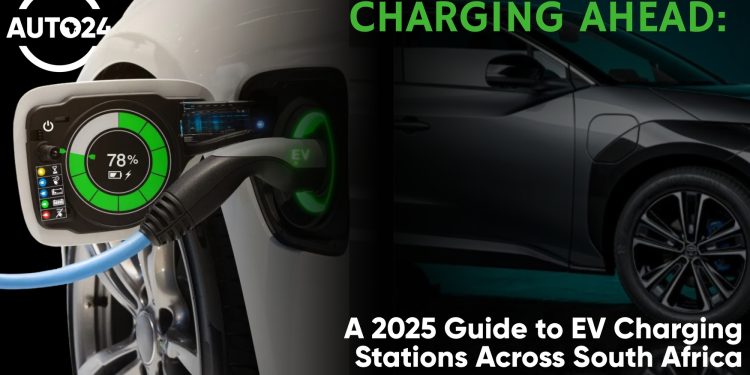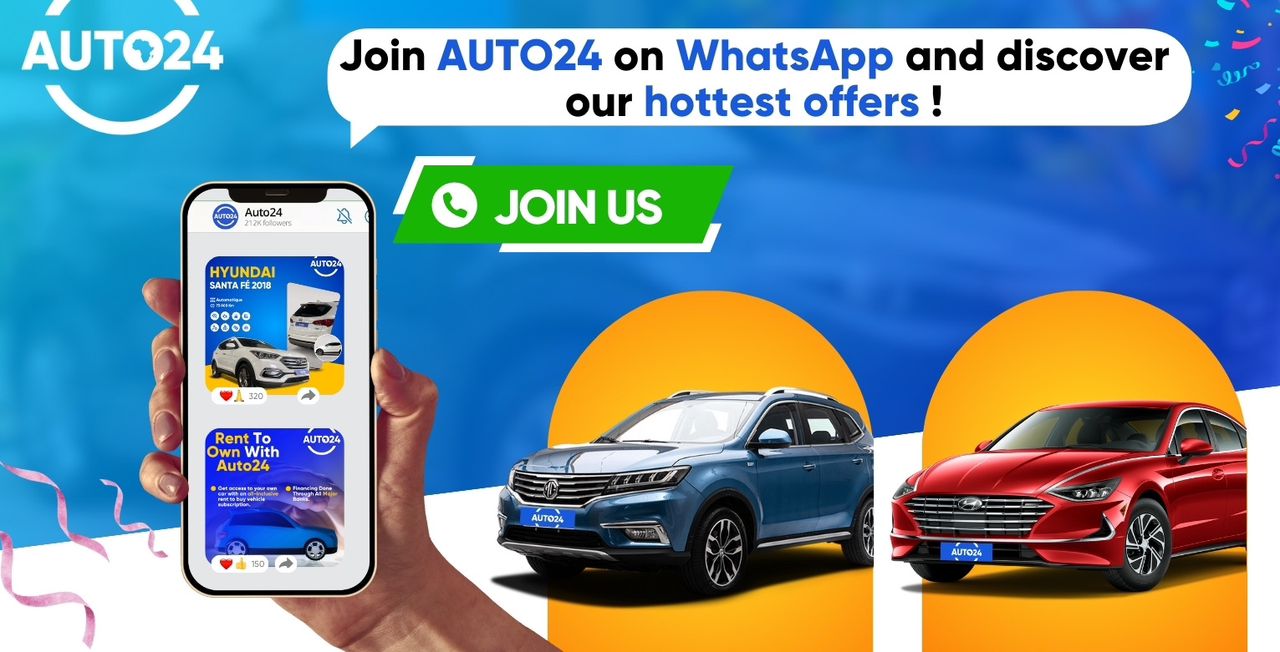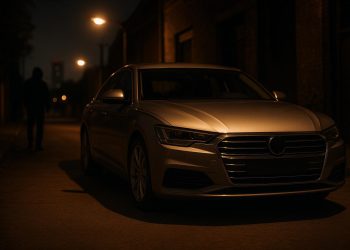As electric vehicles (EVs) continue gaining popularity on South African roads, access to reliable and widespread charging stations is now a top priority for both drivers and industry stakeholders. In 2025, South Africa’s EV charging network is growing fast — supported by private companies, automakers, retail chains, and government incentives.
Whether you drive a BMW iX, Volvo XC40 Recharge, GWM Ora Cat, or Mini Cooper SE, understanding where and how to charge is key to making the most of your EV ownership experience.
In this article, we provide an up-to-date guide on charging infrastructure, key players, growth trends, and how South African EV drivers can stay charged in 2025 and beyond.
1. The Growth of EV Charging Infrastructure in SA
South Africa’s EV charging network is on a sharp upward trajectory.
Market research shows that the South African EV charging market grew at a 26.3% CAGR between 2018 and 2025 — reaching an estimated market size of USD 471 million this year, with projected value exceeding USD 1 billion by 2029.
Public charging points have increased significantly since 2023, driven by:
- Rising EV adoption
- New model launches
- Automaker partnerships
- Retail & hospitality sector investment
- Upcoming government EV incentives (from 2026)
2. How Many Public Chargers Are Available in 2025?
Current Numbers:
- Over 500 public charging points nationwide (AC and DC combined)
- More than 400 stations verified on PlugShare
- South Africa now boasts 1 charger for every ~7 registered EVs, placing it above global average charger density
3. Key Public Charging Networks in South Africa
3.1 GridCars
- SA’s pioneering EV network — founded 2013
- 350–450 charge points nationwide
- Offers mix of AC chargers (7–22 kW) and DC fast chargers (50–150 kW)
- Enables long-distance routes on N1, N2, N3 corridors
3.2 Rubicon / ChargePocket
- Over 110 charge points active (with goal of 250+ by end of 2025)
- Focused on:
- Shopping malls
- Petrol stations
- Highway rest stops
- Corporate campuses
3.3 CHARGE / Zero Carbon Charge
- Innovative player focused on rural corridors
- Deploying ultra-fast CCS2 charging hubs in towns and rural areas
- Key routes include NW, Free State, Northern Cape
3.4 Additional Networks
- ActiveCharge — Multi-network integration
- Chargetek, EVCNice — Building mall, workplace, and hotel-based networks
- Automaker partnerships — BMW, Audi, Mercedes-Benz, Volvo investing in branded fast chargers
4. EV Charging Coverage: Where Are the Hotspots?
Major Metros:
- Johannesburg & Pretoria — highest charger concentration
- Cape Town & surrounds — strong public/private growth
- Durban & KZN Coast — rapid network expansion
- Gqeberha — growing coverage due to BAIC & Mercedes-Benz EV presence
National Highways:
- N1, N2, N3 — near-continuous coverage with GridCars & Rubicon
- N4/N14/N12 — fast-growing corridors
Smaller Towns:
- CHARGE rolling out CCS2 hubs in secondary towns to support long-haul EV travel
5. AC vs DC Charging: What’s Available?
| Charging Type | Speed | Best For |
|---|---|---|
| AC Charging (7–22 kW) | 4–8 hours for full charge | Home, office, overnight |
| DC Fast Charging (50–150 kW) | 30–60 min top-up | Highway, shopping stop |
| Ultra-Fast DC (200+ kW) | 15–30 min | Premium stations (coming soon) |
6. Long-Distance EV Travel: Planning Tips
Thanks to GridCars and Rubicon, it is now possible to:
- Drive from Johannesburg → Cape Town
- Drive Cape Town → Durban
- Navigate Garden Route with reliable fast charging
- Explore major routes in Gauteng, Western Cape, KZN, and Eastern Cape
Best tools for route planning:
- PlugShare App
- ChargePocket App
- EV-specific navigation in vehicles (BMW, Volvo, Mercedes, Audi, Kia, BYD, etc.)
7. Private Charging: Where It’s Growing Fastest
7.1 Home Charging
- Most common form of charging in SA
- Around 70–80% of EV charging happens at home
- Solar + battery installs rising in popularity (mitigates load shedding)
7.2 Workplace Charging
- Corporates investing in workplace charging for:
- Fleet EVs
- Employee perks
- Sustainability commitments
7.3 Retail & Hospitality
- Shopping malls, hotels, and restaurants adding free or paid EV chargers to attract customers
8. Key Challenges Facing Charging Rollout
- Many public stations now include battery backup or solar augmentation
2️⃣ Grid Limitations
- Rural and secondary routes still face grid constraints — CHARGE targeting this specifically
3️⃣ Charger Uptime
- Maintenance and operational uptime varies — premium operators (BMW/Audi Grid, GridCars, Rubicon) show highest reliability
4️⃣ Pricing
- DC charging costs more than home AC — though it saves time for long-distance travel
9. The Road Ahead: What’s Coming in 2025–2026?
- Rubicon → expanding to 250+ stations
- GridCars → upgrading to more fast chargers
- Zero Carbon Charge (CHARGE) → completing rural fast-charge corridors
- Automaker-backed networks (BMW, Mercedes, Volvo) expanding
- Corporate fleets installing more private chargers
Government tax incentives for EV manufacturing & infrastructure begin rollout from 2026 — expected to accelerate both EV adoption and charging growth.
10. Top Tips for Today’s EV Drivers
- Install home charging — it’s still the cheapest and most convenient
- Use public DC fast chargers for road trips or urban top-ups
- Check apps (PlugShare / ChargePocket) for charger availability
- Plan long trips carefully — especially off main highways
- Look for solar-backed chargers to avoid load shedding pitfalls
Conclusion
In 2025, South Africa’s EV charging network is more advanced and accessible than ever.
With over 500 public chargers, growing fast-charging corridors, and increasing private charging at homes, offices, and retail spaces, EV drivers can now confidently explore both city streets and long-haul journeys.
Charging ahead means embracing the future of cleaner, smarter mobility — and with ongoing investment from private players and automakers, South Africa’s EV charging grid is ready for the next wave of electric vehicles.





